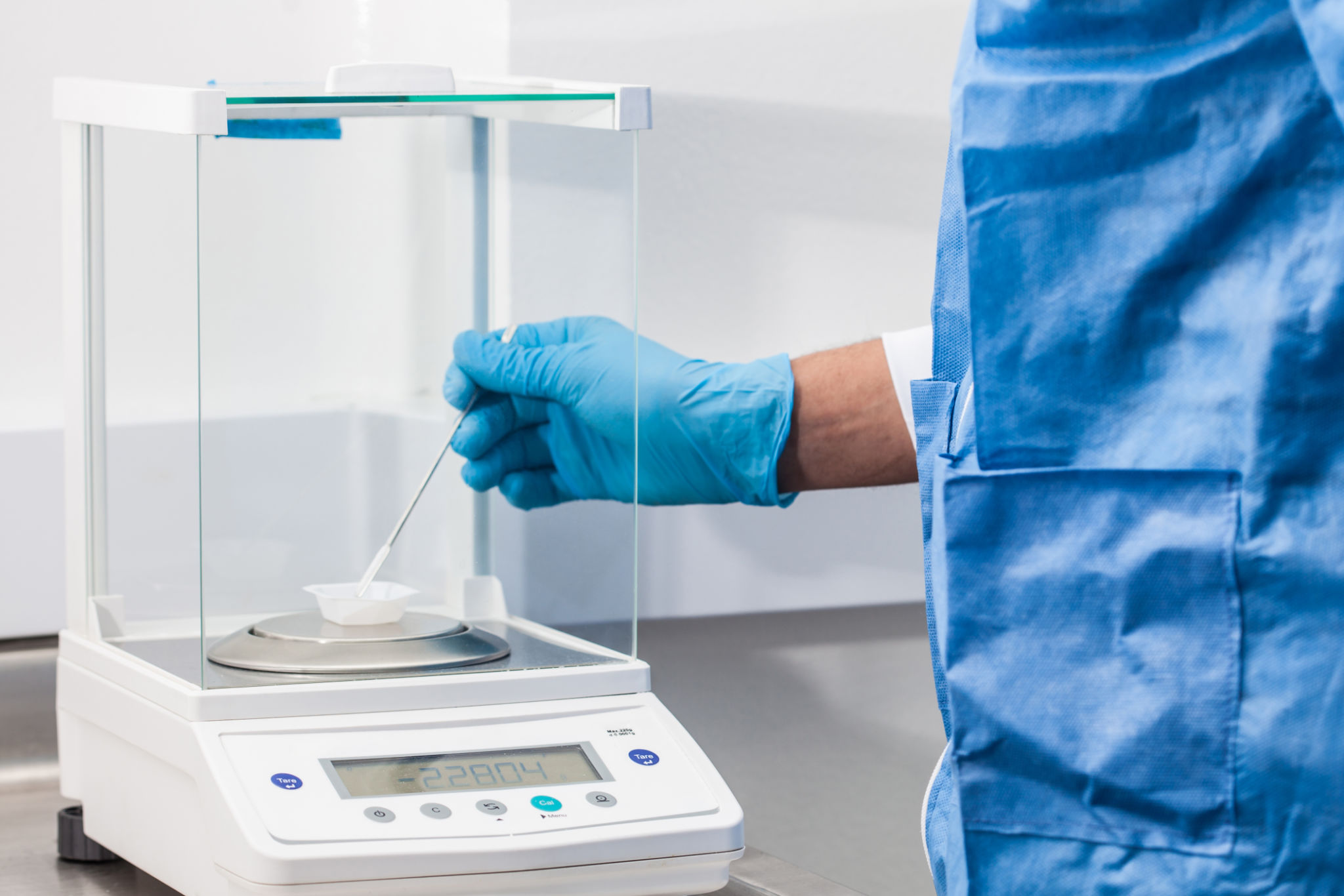Biosecurity Services in Australia: What You Need to Know
Understanding Biosecurity in Australia
Biosecurity is a critical component of Australia's national security, aiming to protect the country from harmful biological threats. These threats can range from invasive pests and diseases to bio-terrorism. The vast and diverse ecosystems across Australia make biosecurity services essential to maintaining both environmental and economic stability.
Australia's biosecurity measures are among the strictest in the world, designed to prevent the entry and spread of organisms that could harm agriculture, the environment, and human health. With its isolation as an island nation, Australia has a unique advantage but also faces significant challenges in safeguarding its borders and natural assets.

Key Components of Biosecurity Services
The effectiveness of biosecurity in Australia relies on several key components, each playing a vital role in the broader strategy. Understanding these components helps appreciate the complexity and importance of biosecurity services.
Surveillance and Monitoring
Continuous surveillance and monitoring are fundamental to identifying potential threats early. These activities involve tracking the movement of goods, animals, and plants both internationally and domestically. Advanced technologies such as drones, GIS mapping, and data analytics are increasingly used to enhance these efforts.

Risk Assessment and Management
Risk assessment involves evaluating the likelihood and potential impact of various biosecurity threats. This process allows authorities to prioritize resources and develop targeted strategies for risk management. Effective risk management includes quarantine measures, import restrictions, and emergency response plans.
The Role of Legislation and Policy
Australia's biosecurity framework is underpinned by comprehensive legislation and policy. The Biosecurity Act 2015 is a pivotal piece of legislation that provides the legal foundation for managing biosecurity risks. This Act empowers authorities to enforce biosecurity measures and respond swiftly to emerging threats.
Policies are regularly reviewed and updated to adapt to new challenges. Collaboration between federal, state, and local governments ensures a cohesive approach, while international agreements facilitate cooperation with other nations on global biosecurity issues.

Public Awareness and Education
Public awareness is a crucial element of biosecurity. Educating citizens about the importance of biosecurity measures and how they can contribute is essential for success. This includes understanding the regulations around bringing goods into the country and recognizing signs of potential biosecurity threats in their surroundings.
Community engagement initiatives and educational campaigns are employed to disseminate information effectively. Schools, community groups, and media outlets play a significant role in raising awareness about biosecurity.
The Future of Biosecurity in Australia
As global travel and trade increase, so too do the challenges associated with biosecurity. Australia's future strategies will likely focus on further integrating technology into surveillance and response systems. Innovations such as artificial intelligence and machine learning offer new possibilities for enhancing biosecurity measures.
Additionally, ongoing research into pest and disease management will continue to be a priority. Collaborative efforts between governments, research institutions, and industry stakeholders are essential to developing innovative solutions that can adapt to an ever-evolving biosecurity landscape.
